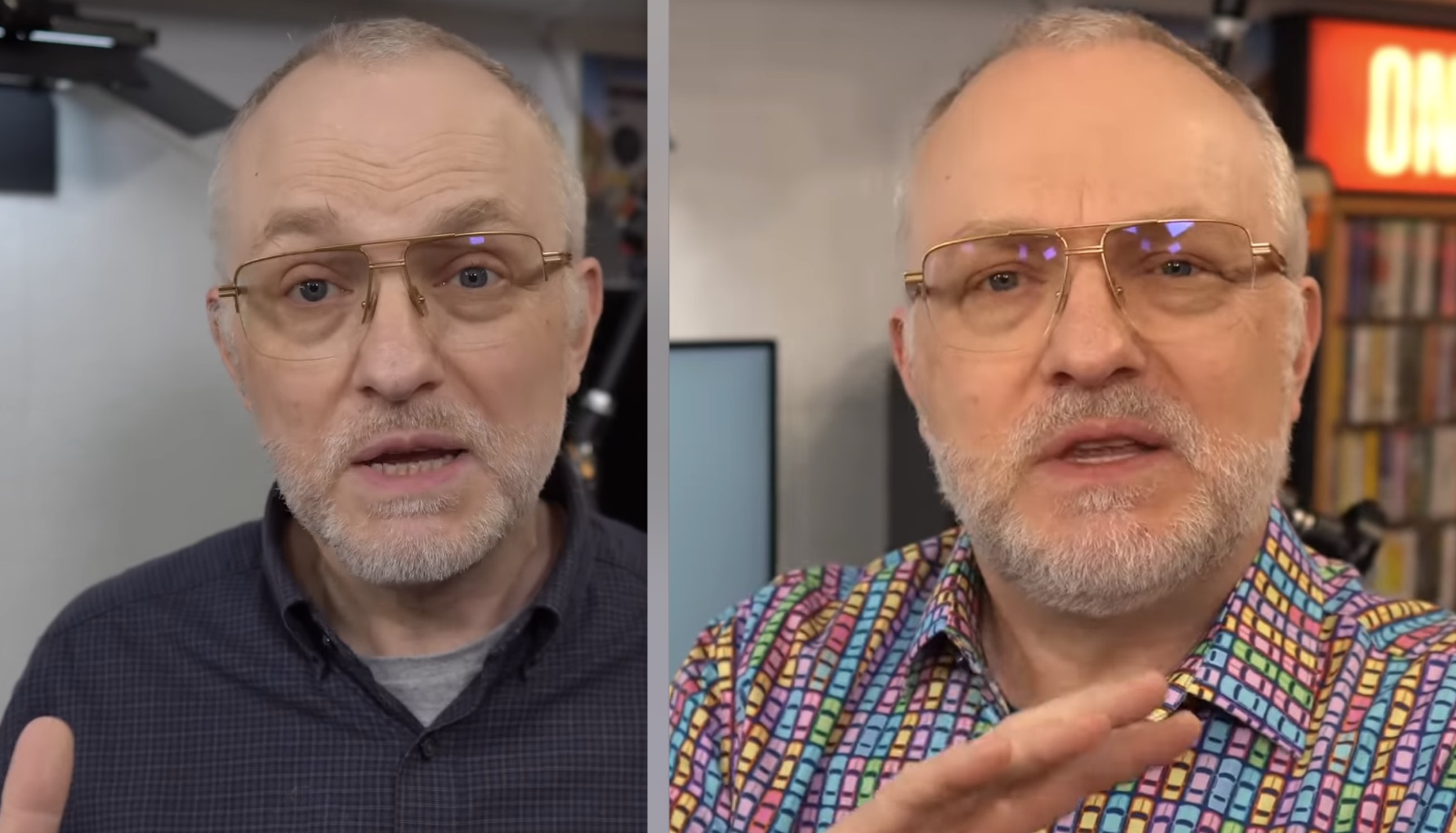Ever wondered why Windows 10 was given away for free? Join Dave Plummer, a retired Microsoft engineer from the MS-DOS and Windows 95 era, as he dives into the real reasons behind Microsoft’s bold move. From declining PC sales and Windows 8’s backlash to the rise of free macOS and Linux, discover how market pressures and Satya Nadella’s vision transformed Windows into a service. Uncover the hidden costs—telemetry, ads, and a shift to subscriptions—and what it means for you. Don’t miss this deep dive into Microsoft’s strategy! Subscribe for more tech insights from Dave’s Garage!
summerizer
Dave Plummer, a retired Microsoft engineer, explains why Microsoft decided to offer Windows 10 as a free upgrade and the implications of this decision. He dives into the challenges Microsoft faced with Windows 8, the decline of the PC market, the influence of competitors like Apple and Linux, and the shift towards treating Windows as a service rather than a standalone product. The move aimed to unify users on the latest OS and generate long-term revenue through services connected to Windows rather than direct OS sales.
Key Points
Windows 7's Success and Windows 8's Failure
Windows 7 was highly successful, but Windows 8 faced backlash due to its drastic design changes, leading users to stick with Windows 7.
Decline of PC Market
In the early 2010s, PC sales were declining as consumers turned to smartphones and tablets, compelling Microsoft to rethink its strategy for Windows upgrades.
Competition with Apple and Linux
With Apple offering free OS upgrades and Linux becoming popular among tech enthusiasts, Microsoft felt pressured to adapt its pricing model.
Introduction of Windows 10 as a Free Upgrade
Microsoft announced Windows 10 would be a free upgrade for users of Windows 7 and 8 in 2015, marking a significant shift in their approach to OS sales.
Shift to a Service Model
Under CEO Satya Nadella, Microsoft transitioned to treating Windows as a service, focusing on ongoing engagement and updates rather than one-time sales.
Data Collection and User Insights
Windows 10 was designed to collect extensive telemetry data to improve user experience, although this raised privacy concerns among users.
Monetization through Alternative Means
Microsoft shifted to generating revenue from services linked to Windows, including Office 365 subscriptions and app store commissions, rather than OS sales.
Retaining Users in a Competitive Market
By offering Windows 10 for free, Microsoft aimed to keep users from switching to alternatives like Mac OS or Linux and maintain its ecosystem presence.
Impact on Future Business Strategies
The decision to provide a free upgrade aimed to unify Windows users, enabling Microsoft to monetize through additional services over time.

